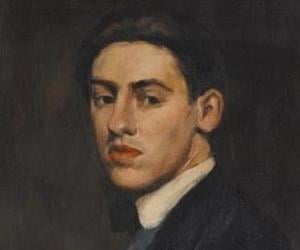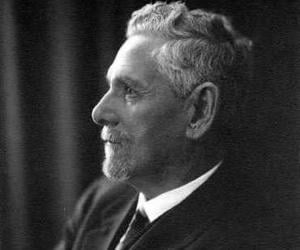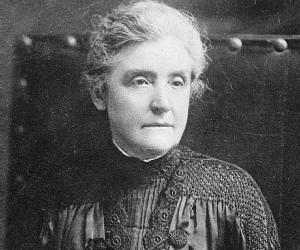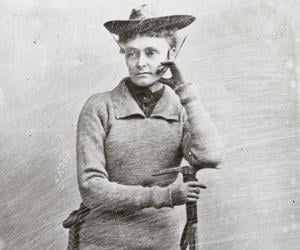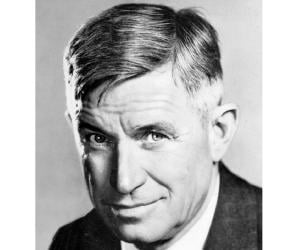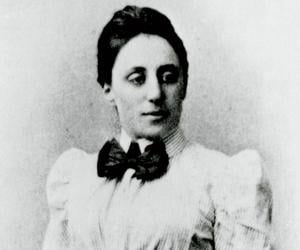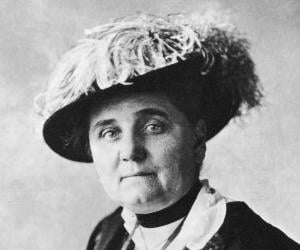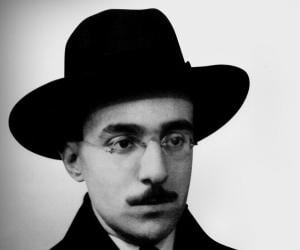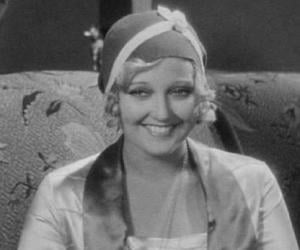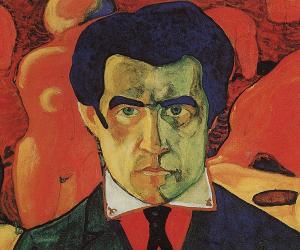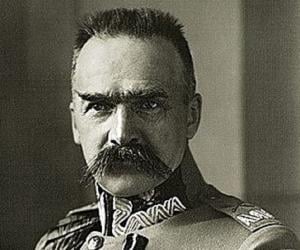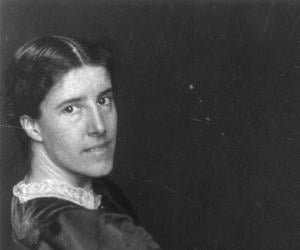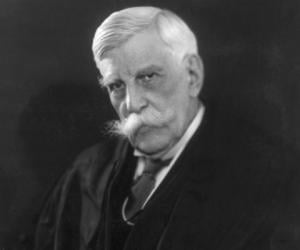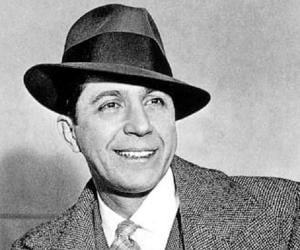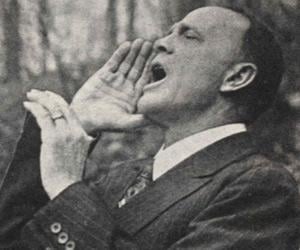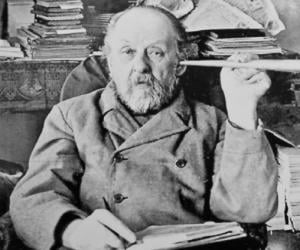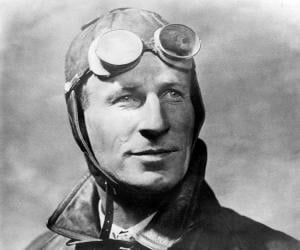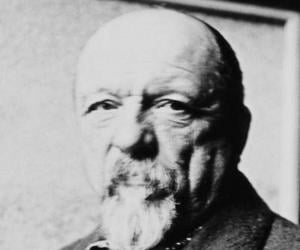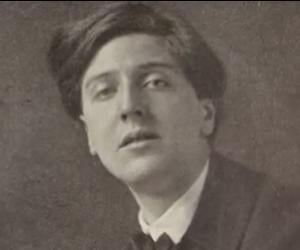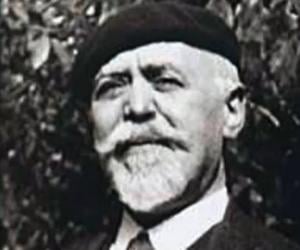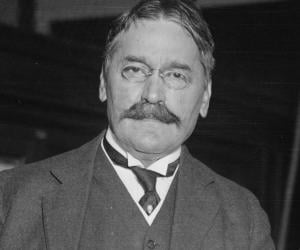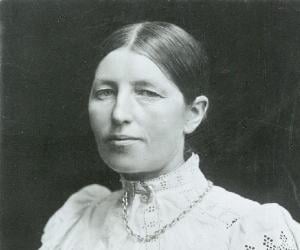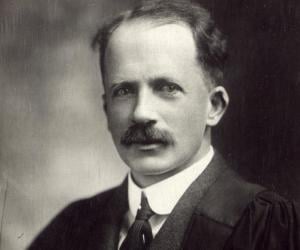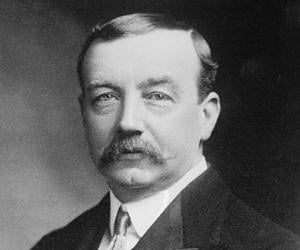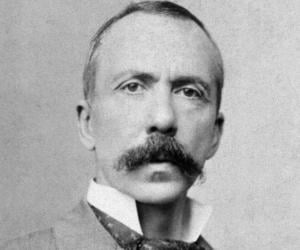Emmy Noether was a German mathematician best remembered for her contributions to abstract algebra. She is credited with discovering Noether's theorem, which is regarded as a fundamental theorem in mathematical physics. One of the most important mathematicians of her generation and the most important woman in mathematics history, Emmy Noether developed theories of algebras, fields, and rings.
Jane Addams was an American social worker, reformer, settlement activist, public administrator, sociologist, and author. Addams was a prominent leader in the history of women's suffrage and social work in the USA. She is credited with co-founding one of America's most popular settlement houses, the Hull House in Chicago. Addams is also credited with co-founding the American Civil Liberties Union.
Fernando Pessoa was a Portuguese poet, writer, translator, and publisher. A prolific writer, he is considered one of the most significant literary figures of the 20th century. While he mostly wrote in the Portuguese language, he also wrote in English and French occasionally. Besides writing under his own name, he also wrote under approximately 75 other names.
Kazimir Malevich was a Russian artist and art theorist. His pioneering work had a major influence on the development of abstract art in the 20th century. An influential personality, Malevich's art and writing influenced several artists like Lyubov Popova, El Lissitzky, Alexander Rodchenko, and Ad Reinhardt. His works are showcased in many major art museums around the world.
Józef Piłsudski was a Polish statesman and one of the most influential personalities in Polish politics post World War I. From 1918 to 1922, he served as the Chief of State. From 1926 to 1935, he was regarded as the de facto leader of the Second Polish Republic and was largely viewed as the father of Interwar Poland.
Charlotte Perkins Gilman was an American novelist, humanist, poet, and short-story writer. Best remembered as a utopian feminist, Gilman served as an inspiration for several generations of feminists. A National Women's Hall of Fame inductee, Charlotte Perkins Gilman is also remembered for her semi-autobiographical work, The Yellow Wallpaper.
Carlos Gardel was a French Argentine composer, singer-songwriter, and actor. Widely regarded as the most important personality in the history of tango, Gardel is the world's most famous tango singer of all time. Remembered for his baritone voice, Gardel is often referred to as The King of Tango. His life inspired the 1939 musical film, The Life of Carlos Gardel.
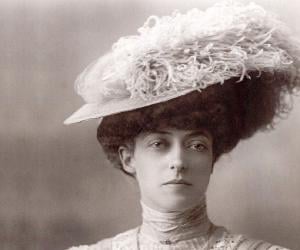
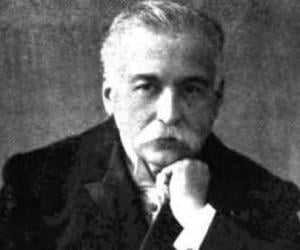
Konstantin Tsiolkovsky was a Russian rocket scientist. Credited with pioneering astronautic theory, Tsiolkovsky is widely regarded as one of the founding fathers of astronautics and modern rocketry. His works served as an inspiration to several other Soviet rocket engineers like Valentin Glushko and Sergei Korolev. Hence, Konstantin Tsiolkovsky's work played an influential role in the Soviet space program.
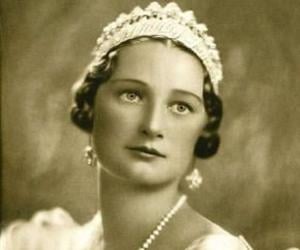
Charles Kingsford Smith, also known as Smithy, was an Australian pilot who had been part of many first-time endeavors, the most notable being the first transpacific flight from the U.S. to Australia. While passing over Calcutta, on a flight from London to Australia in 1935, he and his co-pilot disappeared.
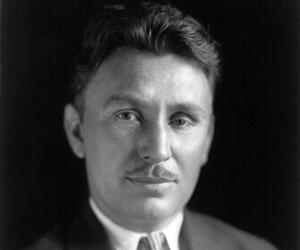
Native American aviator Wiley Post scripted history as the first person to complete a solo flight around the world. Post and actor/humorist Will Rogers were killed when their flight crashed in Alaska in 1935. Post had created many high-altitude records and invented one of the world’s first pressure suits.
Paul Signac had initially aspired to become an architect but later deviated to painting. A major figure of the post-Impressionist period, he, along with Georges Seurat, pioneered the technique called pointillism. A sailor and an avid traveler, he mirrored the beauty of the European coasts in his works.
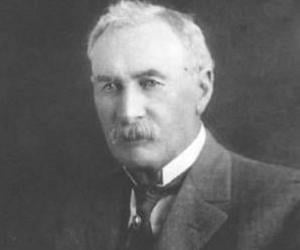
William Mulholland was initially hailed as a hero for building the first aqueduct system of Los Angeles, as the first chief engineer of the Los Angeles Department of Water and Power. He later resigned taking responsibility for the collapse of the St. Francis Dam, which had caused countless deaths.
Best known for his masterpiece The Sorcerer's Apprentice, French composer Paul Dukas was admired by both conservative and progressive French musicians. Born to a pianist mother, Dukas had begun composing while recovering from an ailment at age 14. Shortly before his death, he destroyed most of his manuscripts.
Physicist Mihajlo Idvorski Pupin developed what is now known as pupinization, a mechanism which extended the range of long-distance telephonic communication with the use of loading coils. Born to illiterate parents, he was a Serbian immigrant in the U.S. and later wrote a Pulitzer Prize-winning memoir, From Immigrant to Inventor.
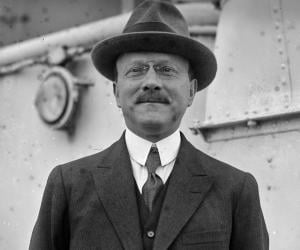
André Citroën was a French industrialist. He is credited with founding the popular automobile company Citroën and is best remembered for making Citroën cars. He also helped his company become the world's fourth-largest automobile manufacturer by the beginning of the 1930s. In 1998, he was inducted into the Automotive Hall of Fame.
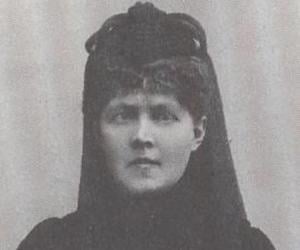
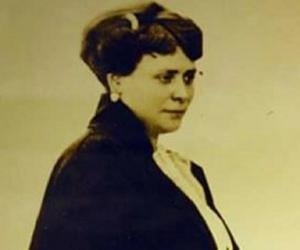
Luisa Spagnoli was an Italian businesswoman best remembered for creating the popular women's clothing and chocolate brand Perugina. Spagnoli's chocolate brand Baci Perugina became so famous that it was marketed in foreign countries, such as the United States of America.
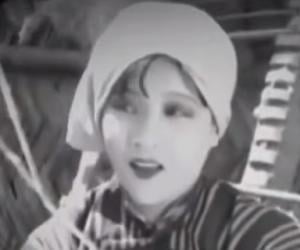
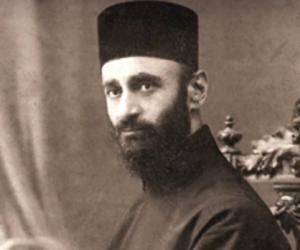

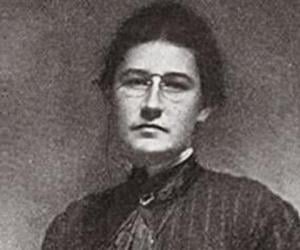
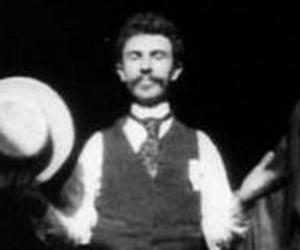
William Kennedy Dickson was a Scottish inventor best remembered for his association with Thomas Alva Edison. Dickson invented a motion picture camera when he was working under Thomas Edison. William Kennedy Dickson is also credited with directing The Dickson Experimental Sound Film which was the first film to use the Kinetophone.
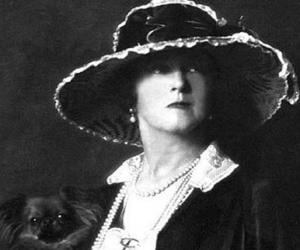
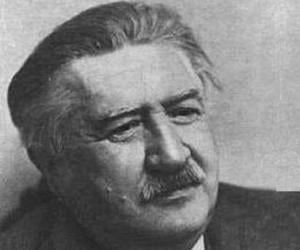
Czech composer and violinist Josef Suk was considered one of the most promising students of the reputed Czech composer Antonín Dvořák. Suk along with two other students of Dvořák, Karel Hoffmann and Oskar Nedba, and a student of Hanuš Wihan founded the internationally reputed Czech string quartet called Bohemian Quartet. Major works of Suk are Asrael Symphony and Serenade for Strings.
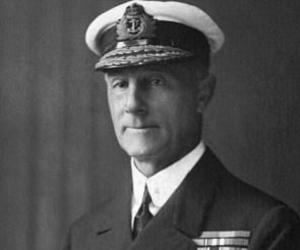
Anna Ancher was a Danish artist whose paintings depicted the everyday lives of fishermen, children, and women. Widely regarded as one of the greatest visual artists of Denmark, Anna Ancher was honored with several awards, such as the Ingenio et Arti medal and Tagea Brandt Rejselegat. She was also depicted on the DKK1000 banknote.
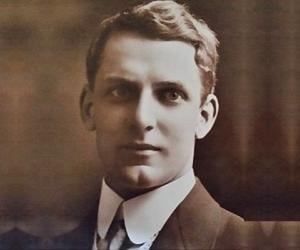
Edwin Flack was an Australian tennis player and athlete. In 1896, Flack became Australia's first Olympian when he represented the nation in the first modern Olympic Games. He went on to win gold medals in the 800m and 1500m events, becoming the first Australian Olympic champion. In 1985, he was inducted into the Sport Australia Hall of Fame.
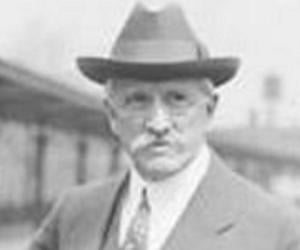
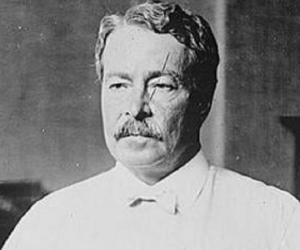
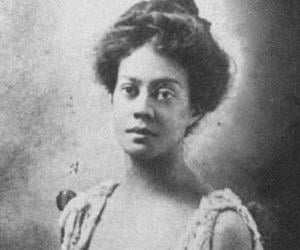
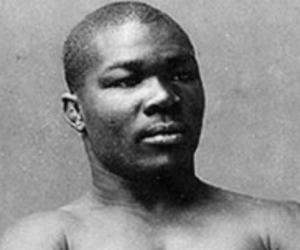
John James Rickard Macleod was a Scottish biochemist and physiologist. Even though his research covered diverse topics in physiology and biochemistry, he is best remembered for his work in carbohydrate metabolism. He played a major role in the discovery and isolation of insulin, for which he shared the 1923 Nobel prize in Physiology or Medicine with Frederick Banting.
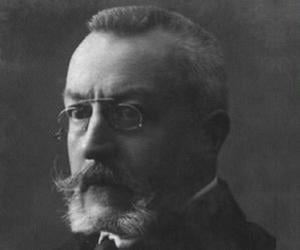
One of the most prominent scholars of the Middle Ages, Belgian historian Henri Pirenne had started his career as a professor at the University of Ghent. The Francqui Prize winner was imprisoned by the Germans during their occupation of Belgium and penned A History of Europe while in prison.
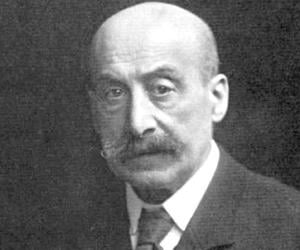
Although considered the foremost promoter of Impressionism in Germany, painter and printmaker Max Liebermann never fully detached himself from his subject matters. Known for his works on the life and labor of the poor, including peasants, urban laborers, and orphans, portraying their plight through paintings like The Flax Spinners., he successfully maintained the narrative tradition of the German art.
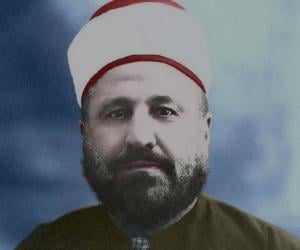
Charles Richet was a French physiologist remembered for his pioneering work in immunology. He is acclaimed for his work on anaphylaxis, which earned him the prestigious Nobel Prize in Physiology or Medicine in 1913. He was also interested in the study of the paranormal. A proponent of eugenics, Richet was in charge of the French Eugenics Society for six years.

